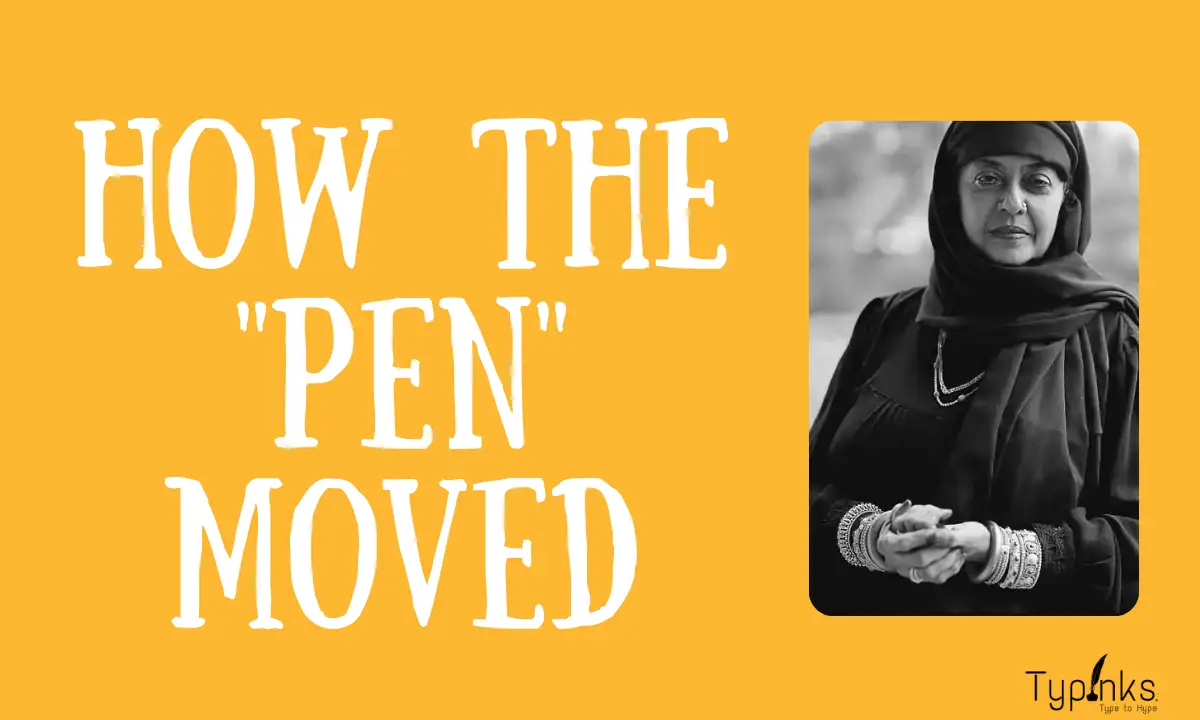
A Glance Through the Themes and Style of Kamala Das’ Works
Kamala Das popularly known by her pen name Madhavikutty was a trendsetter in the writings of the post-colonial era. Her elegant writing styles blended with varied themes of human life had made her works acclaim international standards and acceptance. Her writings both in English and Malayalam language proved to be raw and realistic with their strong portrayal of the life of common people. She was much more affiliated with the genre of Confessional Poetry and adopted it as one of her prominent writing styles.
Kamala Das was married at a very young age of 15 and hence was forced to become a homemaker even before she got a chance to celebrate her splendid teenage. Hence it is not a surprise that her works are the most sincere cries of the womanhood that is trapped within the bondages of the patriarchal society. The works became a documented feminism, that shout out its opposition against the taboos that ruin the lives of women in India. In her work A Widow’s Lament she depicts how the male-dominated society pushes a woman into isolation. The struggles that a woman undergoes during her puberty, her worries about menstruation, and the lust life are portrayed with immense rawness. In her poem, Introduction, she clearly explores all these through her own life experiences. The identity that all women lose after getting married was also briefly explained in her deep lines. Hence we can surely say that her poems are testimonies of the aftermath of the pre-injected gender roles.
Sexuality is another important theme that Kamala Das uses to fight against the taboos through her works. Her autobiographical work My Story is the best example of this. At a time where sex was a stigma and people refused to talk about it, Kamala Das was bold enough to preach the realities of female sexual life in her writings. She made a quest to unveil the sexuality of women that they undergo through their different ages and conditions. Even homosexuality was content in her works including both gay and lesbian encounters. She had used her body to connect not only the love and lust of human life but also to convey the sexual lamentations and physical insecurities of women. The love for body and surrendering of her body, both the dual sides, are discussed by her. Hence the description of her own body was another bold attempt to break the social conventions and turn the female body into something normal as the male body.
She being an Indian writer and a person who had lacked formal education in English had taken all the advantage of it and suited her a writing skill which was a blend of both English and her mother tongue. She was able to twist the colonizer’s language with Malayalam narrations and idioms making it more pleasing and indigenous. Hence the bilingual writing had helped her explore the cultural referents that boosted the aesthetics of her works. Another notable thing was the names of her works which always resembled the title of some paintings. The Red Skirt, The Red Mansion, The Child in the Naval Uniform, The Father and The Son, The Moons Meat, Sandalwood Trees, The Secret of the Dawn, Boats, The Smell of the Bird, The Kings Beloved, and A Doll for Rukmini. etc are a few examples. This was clearly seen in her works as we could feel her verses drawing a painting in the reader’s mind.
Kamala Das, often being referred to as the Mother of Modern Indian Poetry really deserves this patent for carving out a new, bold and unconventional style of writing out of the various social constraints. She being able to show a new realm of womanhood to the world through her varied themes and styles still remains as a figure to be much discussed on.
References:
- https://feminisminindia.com/2017/03/31/kamala-das-essay/
- https://www.theweek.in/webworld/features/society/feral-beauty-kamala-surayya-writings-ente-katha-my-story-kamala-das-literature-poems-sexuality.html

The aim of this research work is to study the importance of nature and the unique concept of motherhood in relation to nature in the Khasi culture.

Mental health is a state of well-being in which an individual balances emotional, psychological, and social well-being.